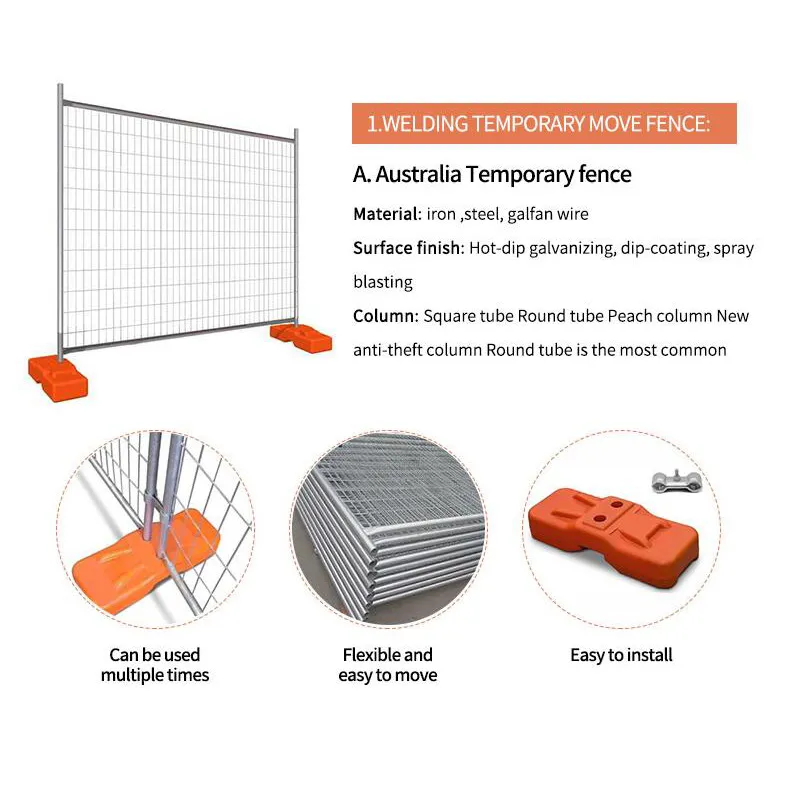
- Afrikaans
- Albanian
- Arabic
- Armenian
- Azerbaijani
- Basque
- Belarusian
- Bengali
- Bosnian
- Bulgarian
- Croatian
- Czech
- Danish
- Dutch
- English
- Esperanto
- Estonian
- Finnish
- French
- Galician
- Georgian
- German
- Greek
- hawaiian
- Hindi
- Hungarian
- Indonesian
- irish
- Italian
- Lao
- Latvian
- Lithuanian
- Luxembourgish
- Macedonian
- Maltese
- Myanmar
- Norwegian
- Polish
- Portuguese
- Romanian
- Russian
- Serbian
- Slovak
- Somali
- Spanish
- Swedish
- Thai
- Turkish
- Turkmen
- Vietnamese
Dek . 24, 2024 21:46 Back to list
Different Varieties of Cattle Panels for Livestock Management and Fencing Solutions
Understanding Types of Cattle Panels
Cattle panels play a crucial role in livestock management, providing safe and secure environments for cattle while facilitating various farming operations. Understanding the different types of cattle panels can help farmers choose the most suitable option for their specific needs, ensuring the wellbeing of their animals and the efficiency of their operations. In this article, we will explore the various types of cattle panels available on the market, highlighting their features, uses, and benefits.
1. Woven Wire Panels
Woven wire panels are one of the most common types of cattle panels. Made from high-tensile wire, these panels are typically rectangular and feature a network of woven wire that offers robust strength and durability. The spacing between the wires can vary, allowing for versatility depending on the size of the cattle being contained.
Benefits Woven wire panels are excellent for keeping cattle secure, preventing them from escaping while also protecting them from predators. The flexibility of the wire allows it to bend slightly, reducing the risk of damage from strong winds or heavy impacts. Additionally, these panels are relatively easy to install, making them a popular choice for both new and established farms.
2. Heavy-Duty Panels
Heavy-duty panels are designed for the toughest conditions and are ideal for large or aggressive livestock. Constructed from thicker steel, these panels provide enhanced strength and durability. Heavy-duty panels can withstand heavy impacts, making them suitable for high-traffic areas where cattle are likely to push against fences.
Benefits The robustness of heavy-duty panels means they require less frequent replacement compared to lighter options. Their construction also makes them suitable for multipurpose use beyond cattle containment, such as in fencing for horses or other large animals.
Portable cattle panels are an extremely versatile option for farmers who need to frequently change the configuration of their cattle housing or grazing areas. These panels are lightweight and designed to be easily moved and reconfigured without much effort.
Benefits The primary advantage of portable panels is their flexibility—they allow for quick setup and teardown, which is invaluable during events like cattle shows or pasture rotations. Many portable panels come with pin connectors that make it easy to link multiple panels together, creating a larger enclosure as needed.
types of cattle panels

4. Corral Panels
Corral panels are specialized cattle panels used to form enclosures in livestock pens. They typically have a taller structure and are designed to work well in crowded environments where cattle may be handled, such as sale barns or loading areas.
Benefits Corral panels are designed for easy entry and exit, making them ideal for managing cattle during veterinary checks or sales. Many are equipped with features such as gates that enhance their functionality in a busy farm setting.
5. Feedlot Panels
Feedlot panels are similar to corral panels but are built specifically to contain cattle in feeding pens. They focus on keeping the animals contained while allowing for easy access to feed and water. Feedlot panels often have a height and spacing that prevent cattle from reaching over and escaping or getting injured.
Benefits These panels facilitate efficient feeding practices, ensuring that the cattle remain in a designated area for feeding. Their robust design emphasizes security, crucial for preventing loss and ensuring animal safety.
6. Custom Panels
For unique situations and specific requirements, many manufacturers offer custom cattle panels that can be tailored to meet individual needs. These panels can vary in height, spacing, and material depending on the farmer's specifications.
Benefits Custom panels can address unique challenges present on specific farms, offering a solution that standard panels might not provide. This flexibility ensures that farmers can set up their livestock management systems precisely to their desired specifications.
Conclusion
Understanding the different types of cattle panels available is essential for effective livestock management. Each type of panel offers unique features and benefits that cater to specific farming needs, whether it's for containment, mobility, or handling scenarios. By selecting the appropriate type of cattle panel, farmers can enhance the safety and efficiency of their operations, ultimately leading to better management of their livestock. As agriculture continues to evolve, so do the tools and equipment available, making it imperative for farmers to stay informed about the options at their disposal.
-
Your Ultimate Solution for Australian Temporary Fencing
NewsMay.14,2025
-
The Ultimate Guide to Crowd Control Barriers: Secure Your Events with Ease
NewsMay.14,2025
-
Secure Your Livestock with High-Quality Livestock Fence Panels
NewsMay.14,2025
-
Enhance Your Livestock Management with Top-Quality Cattle Fences
NewsMay.14,2025
-
Enhance Security and Safety with Temporary Fencing Solutions
NewsMay.14,2025
-
Corral Gates
NewsMay.14,2025









